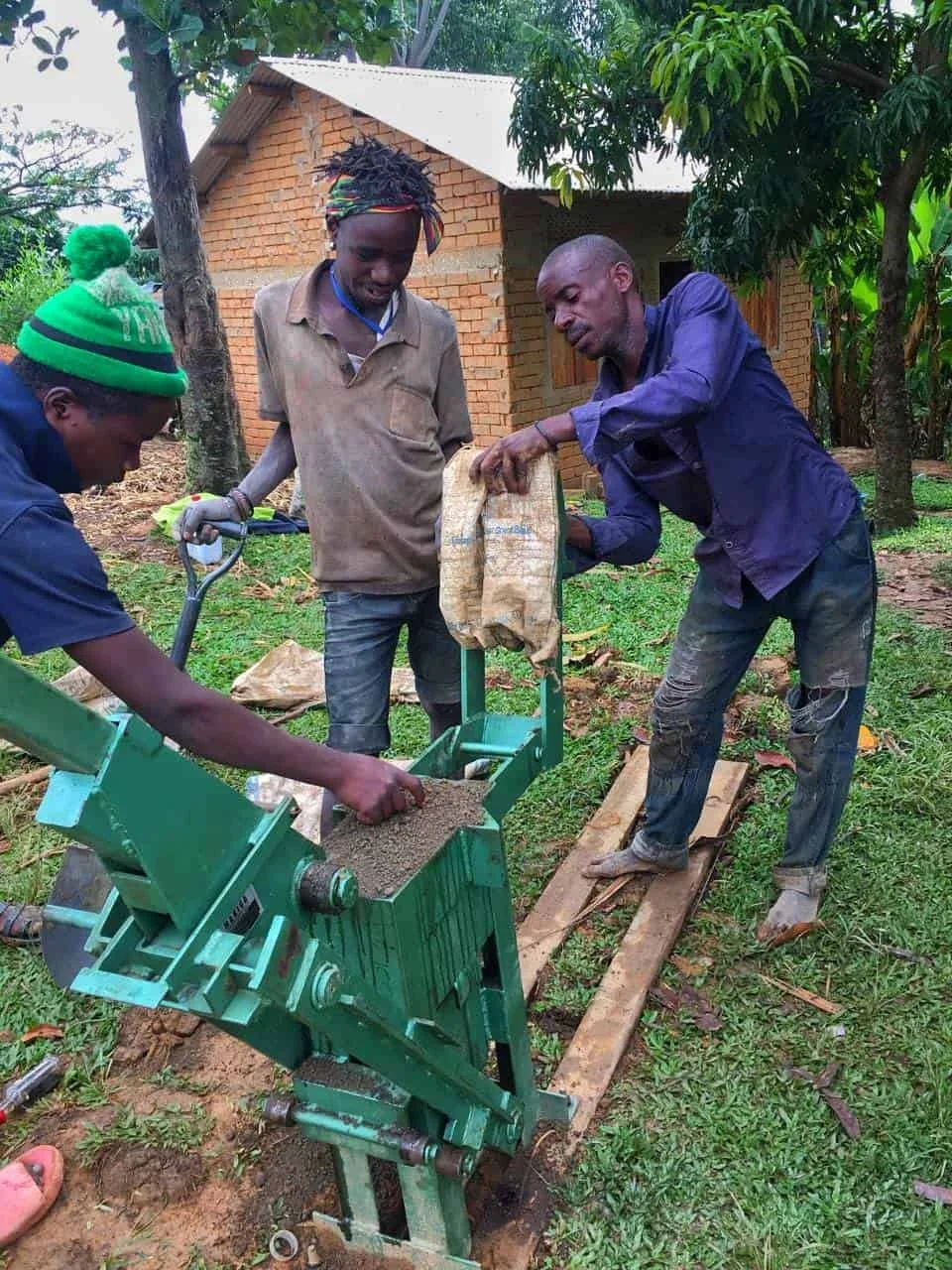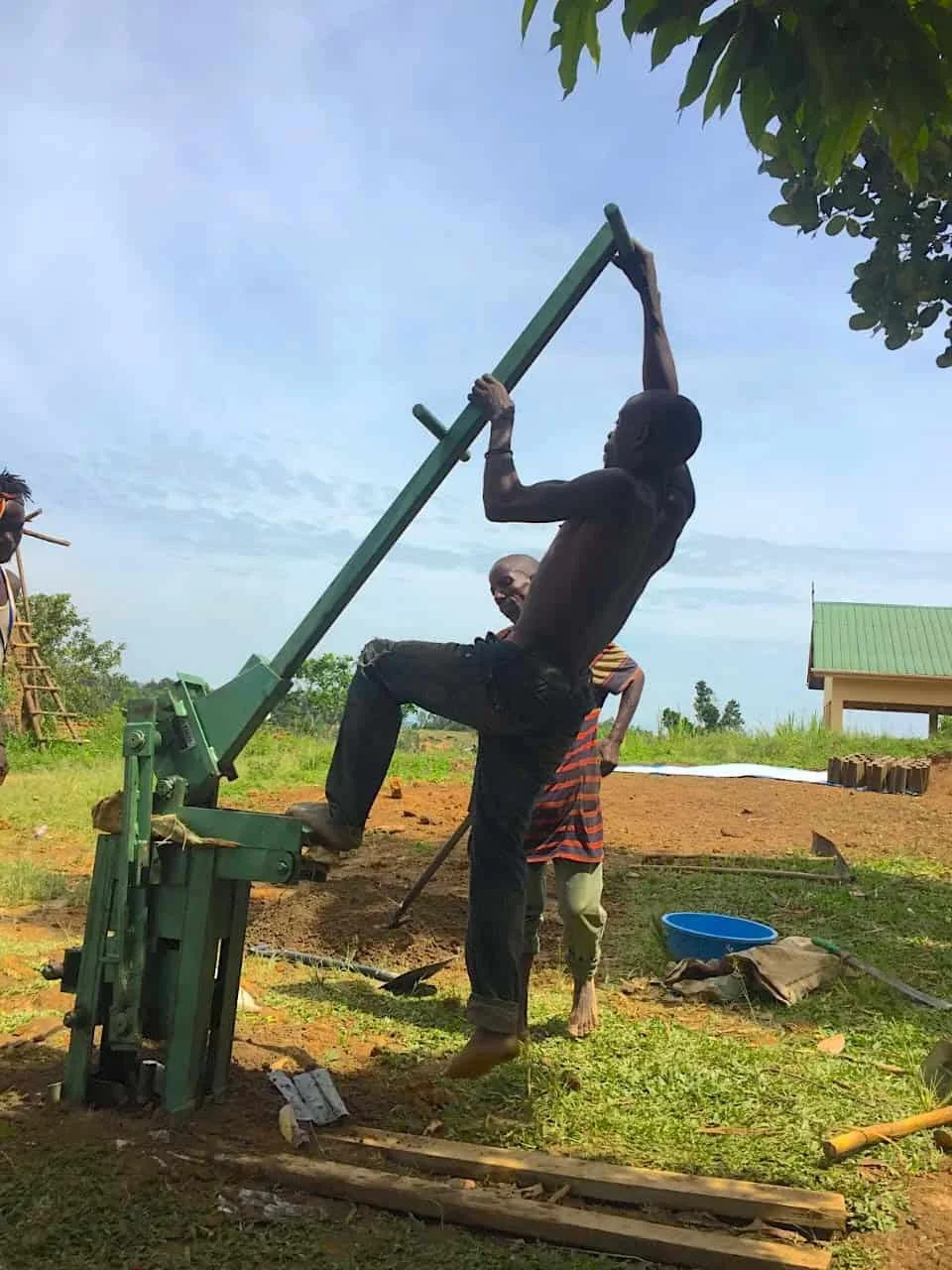Habitat
Our habitat program is a grassroots innovation program focused on housing for smallfarmers and Indigenous groups guarding tropical forest.
ALL THE NERDY DETAILS…
Most people don’t ask about this stuff, but for the ones that do, here’s the current areas we’re innovating in.
As you know, for Savimbo tangibility is king. We have two types of projects which are definitely working, have grassroots adoption, and make prettier buildings.
Both projects lack clear avoided loss quantification. We know they work but don’t have good science to back how MUCH they work. So they have been experimental focusing on the economics and interest for implementation.
An important part of these is male creativity. Most construction is done by men, and by providing basic training in architecture and engineering there are clear social gains with peers from simply creating better buildings.
Conservation
Deadfall lumber programs allow sustainable harvesting from forest woods. Communities use trees, its part of living in the forest but its not too much extra labor to scout recent deadfall instead of falling hyperdominant trees.
Bricks
We’re big fans of ISSB bricks, an invention from Dr. Moses Musaazi an engineer at Makere University in Uganda. The machines are inexpensive, portable, and the bricks usually make better buildings, water towers, and other types of built environment than is available in a lot of communities spurring innovation and creativity in grassroots builders.


